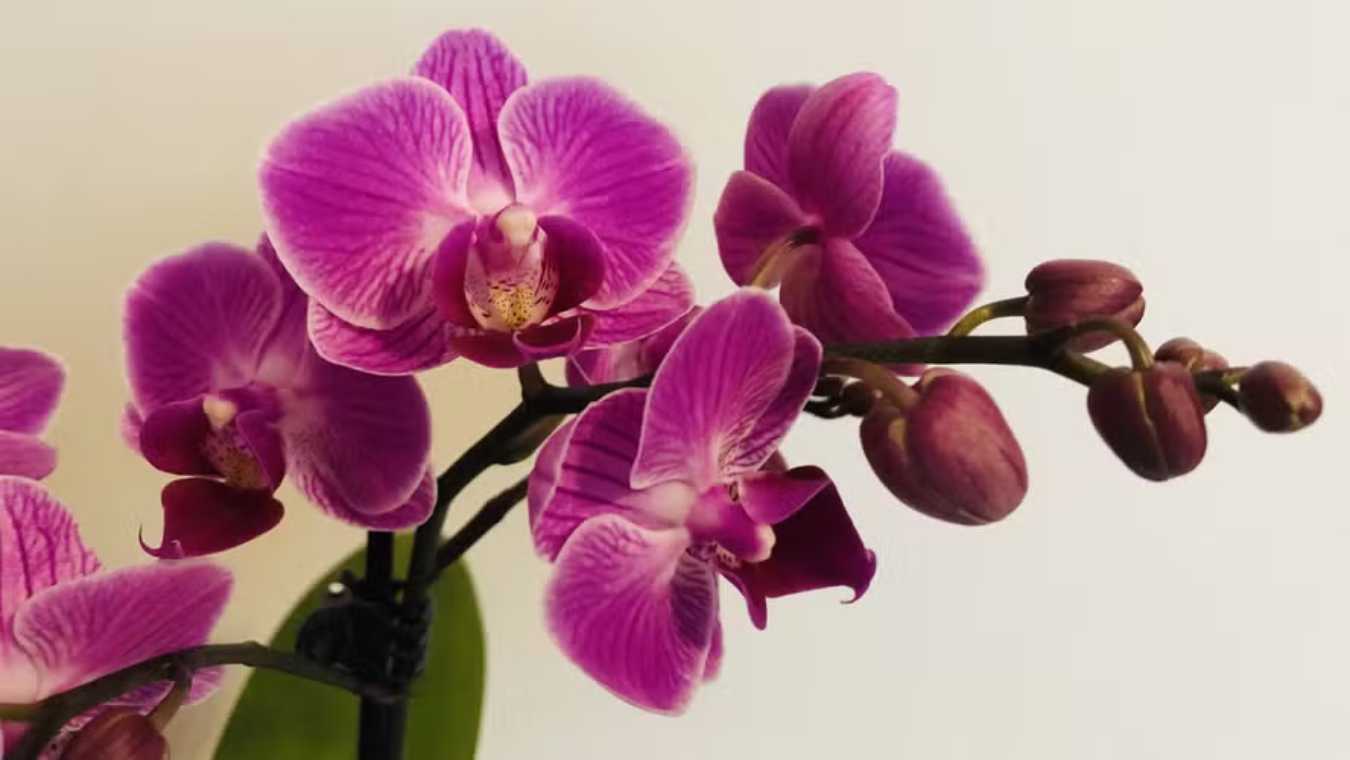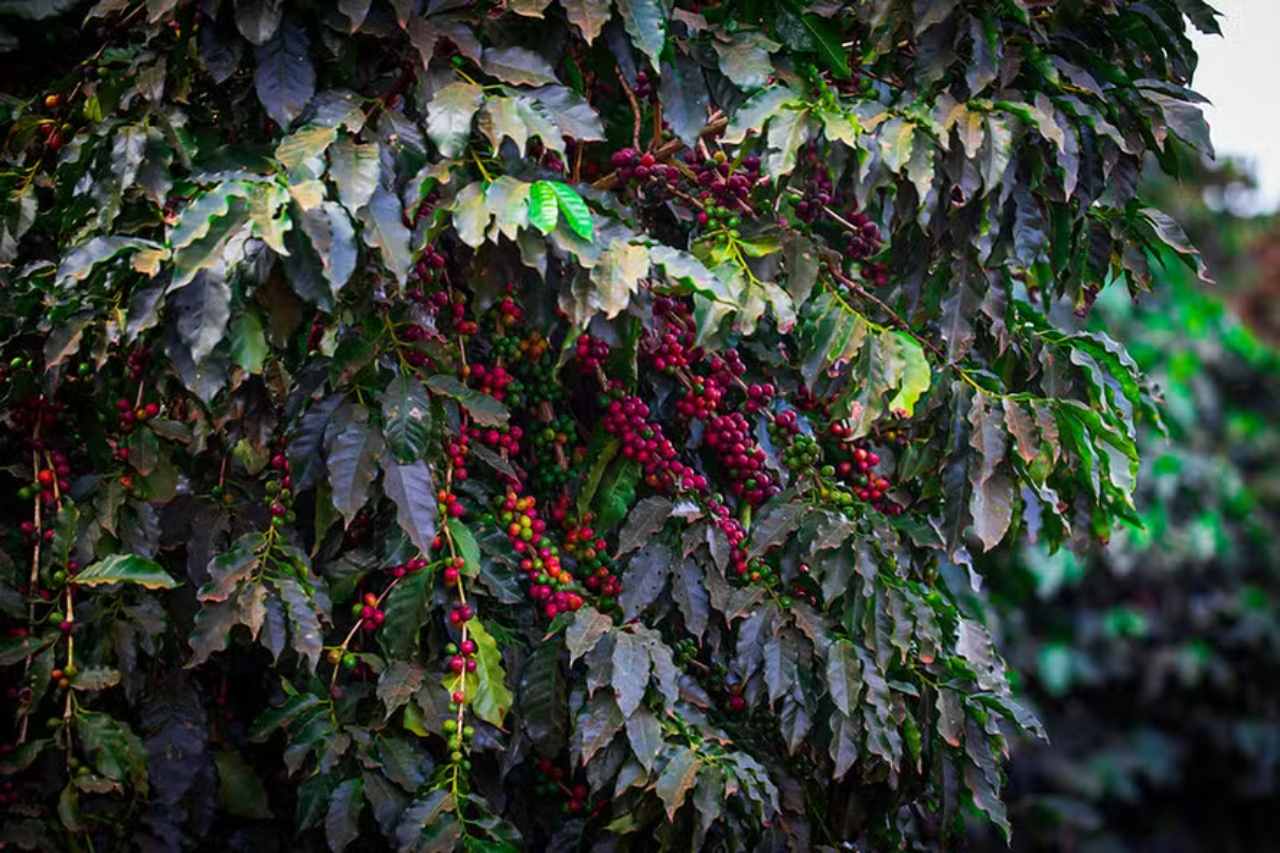Restoring soil nutrients is essential to ensure healthy flower growth.
If you want your orchids to bloom, proper care is essential, and fertilization plays a key role. Regularly replenishing soil nutrients helps flowers grow healthily and flourish.
Orchids can benefit from four types of fertilizer: foliar chemical, organic, soil-applied chemical, and fertigation. Below are tips from Mateus Liell, owner of an orchid nursery in São Sebastião do Caí (RS) and technical advisor for the Federação Gaúcha de Orquidófilos, on how to choose and apply each type.
What Is the Best Fertilizer to Make Orchids Bloom?
Fertilizers contain macro and micronutrients, commonly labeled as NPK—Nitrogen (N), Phosphorus (P), and Potassium (K). Each formula serves different purposes: growth, flowering, or maintenance.
According to Liell, fertilizers with equal amounts of nitrogen, phosphorus, and potassium are best for maintaining plants. To encourage blooming, choose products with more potassium. For growth, opt for fertilizers with a higher nitrogen content.
“If the NPK numbers are balanced, it’s ideal for maintenance. If nitrogen (N) is higher, the product supports growth. If phosphorus (P) is dominant, it will enhance flowering,” explains Liell.
Types of Orchid Fertilization
1. Foliar Chemical Fertilization
This method involves dissolving powdered fertilizer in water and spraying it on orchid leaves. The standard dosage is 1 gram of fertilizer (about one level teaspoon) per liter of water. Use a sprayer—manual or electric—to create a light mist over the leaves.
Apply once a week or every 15 days, ideally in the early morning or late afternoon to avoid the heat of the day. These products can be found at gardening stores or online.
2. Organic Fertilization
For a natural approach, bokashi, a Japanese organic fertilizer, is highly recommended. Bokashi is made from rice bran and vegetable waste like food scraps, grass, and leaves.
Apply one teaspoon of bokashi to the corner of the pot, away from the plant’s new growth, every 30 days. “It’s a good idea to water the orchid before applying bokashi to form a clump that won’t wash away during the next watering,” suggests Liell.
For those who prefer to make fertilizer at home, he recommends mixing three parts castor bean cake with one part bone meal.
3. Soil-Applied Chemical Fertilization
This slow-release fertilizer complements organic and foliar fertilizers. Available in various formulas with macro and micronutrients, these fertilizers often come in the form of small pellets coated with paint, preventing immediate dissolution and protecting the roots from over-fertilization.
Apply 10 to 15 pellets directly onto the orchid’s substrate for best results.
4. Fertigation
Similar to foliar fertilization, fertigation involves spraying the entire plant, not just the leaves, with a diluted NPK solution.
The recommended dosage is 0.25 grams per liter of water. This method should be performed weekly or every 15 days to maintain orchid health.
By choosing the right fertilizer and method, you can ensure your orchids remain vibrant and produce beautiful flowers throughout the year.





